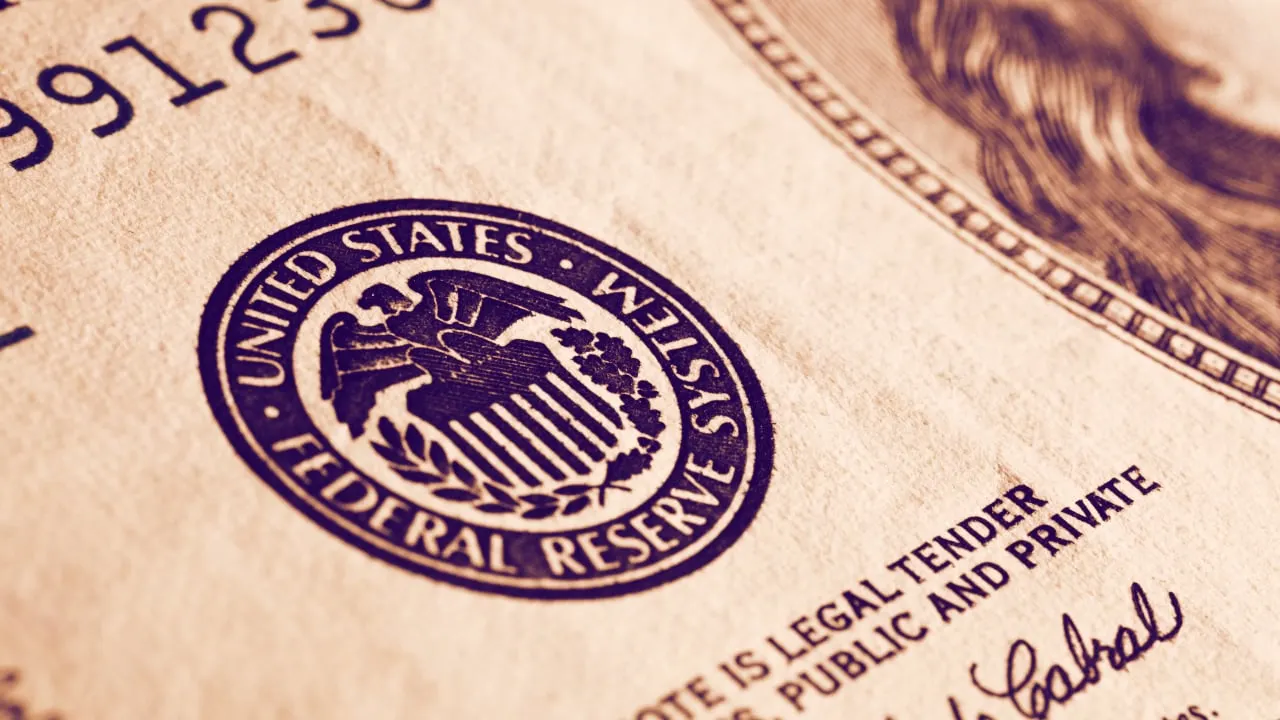In brief
- Fed Chair Jerome Powell reiterated today that the central bank is examining a digital dollar.
- The Fed is "looking very carefully" at the question, he said.
The Fed is looking “very carefully” at whether to develop a digital dollar, according to Chair Jerome Powell.
Powell made the comments this morning during the Federal Reserve’s semiannual report to the Senate Banking Committee. “We are looking carefully—very carefully—at the question of whether we should issue a digital dollar,” he said. “And it’s something that central banks around the world are looking at.”
He continued: “There are significant both technical and policy questions to do with how we would go about doing that. I would say that we’re committed to solving the technology problems, and to consulting very broadly with the public, and very transparently with all interested constituencies as to whether we should do this.”
The question of whether the Fed might implement a so-called digital dollar has been up in the air for some time. A digital dollar would be a type of CBDC, a central bank digital currency, that’s issued and controlled by the state. It would not necessarily involve a blockchain-based payments system, though some CBDCs do.
Powell has given journalists versions of this “looking carefully” line before. “There’s a lot of work to be done,” he said of the digital dollar in November.
As Powell points out, many central banks across the world are looking into similar ideas. China has already begun piloting a digital yuan, and countries like France, Japan, and the UK are actively researching their own versions of digital currency. Last month, Powell said he was working on coming up with regulatory answers for some of these non-US digital currencies.
He also remarked this morning that the economy is “a long way” from the Fed’s recovery goals, and that he plans to keep interest rates low for some time. The Fed lowered interest rates to essentially zero in March of last year as a response to Covid-19—that there’s no sign of change suggests the Fed believes things are still very much in need of a boost.

